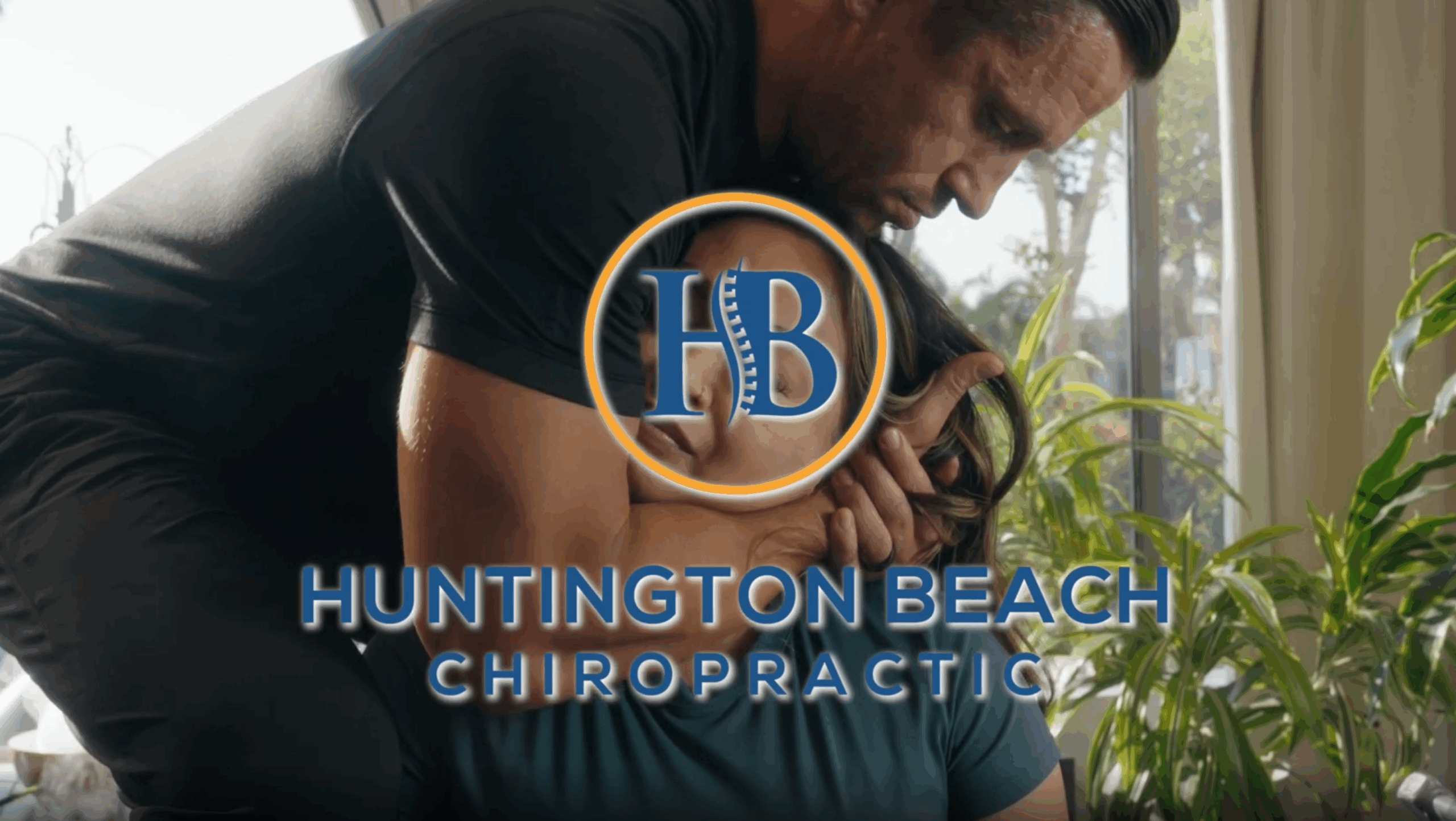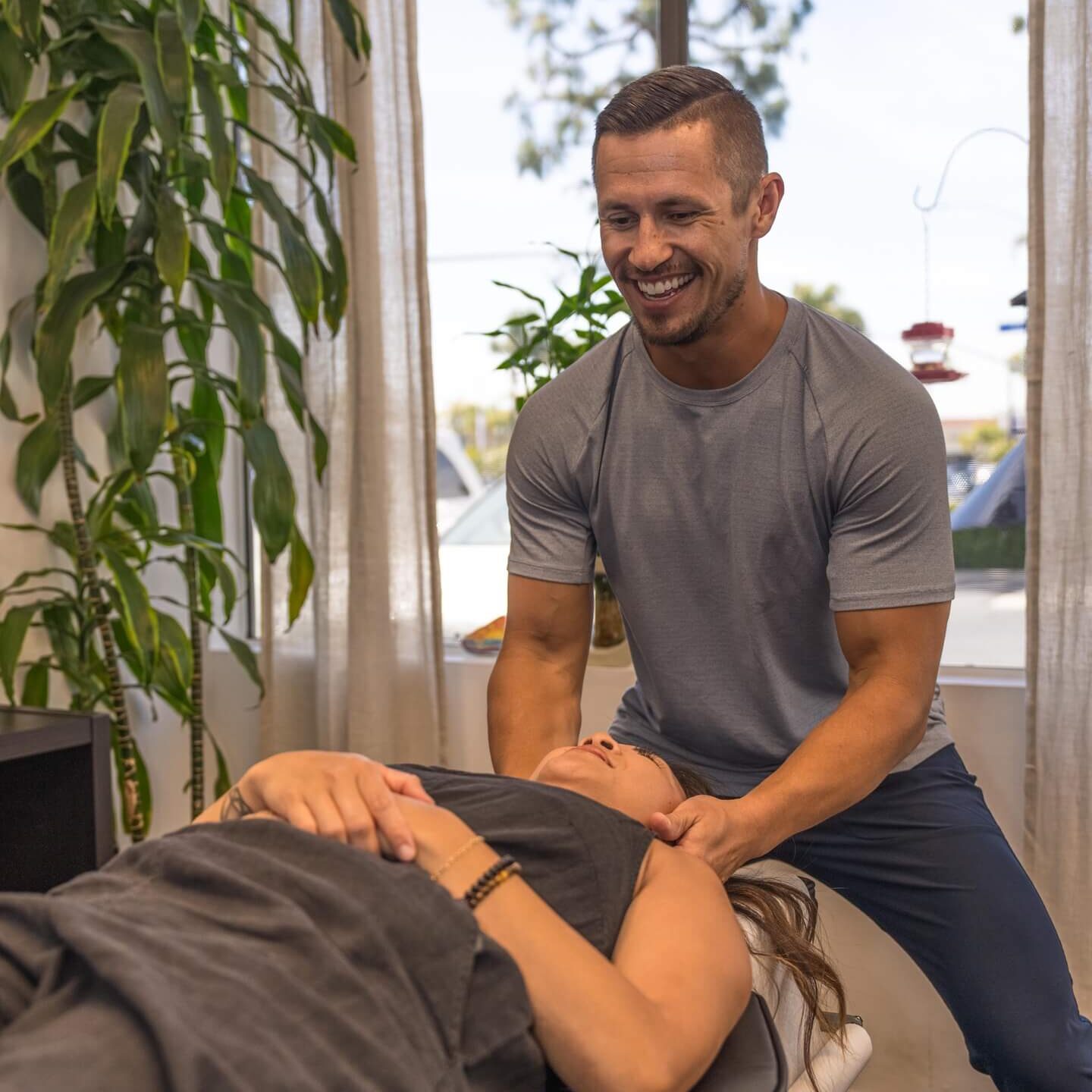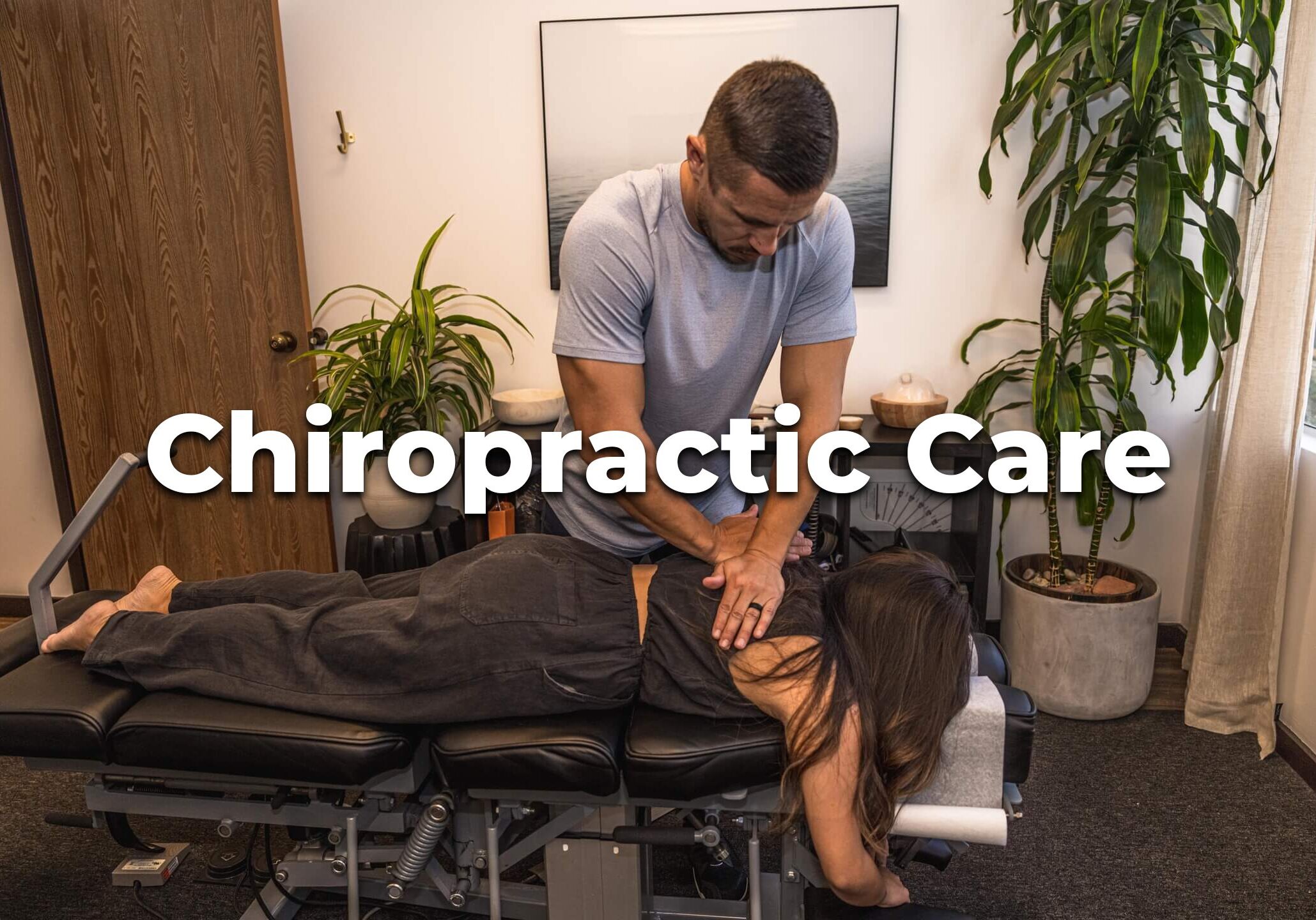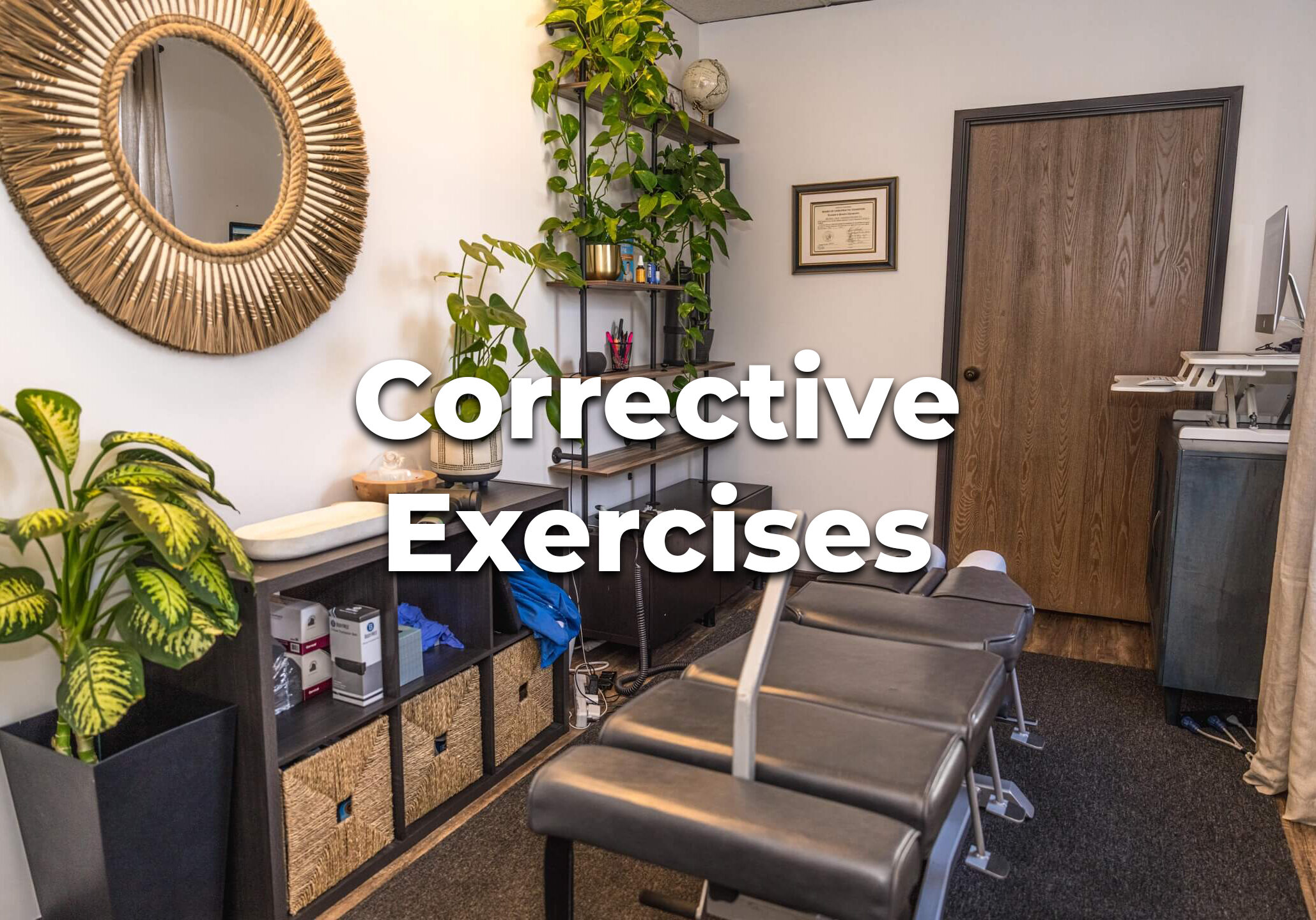Huntington Beach Chiropractic
Featuring OC's #1 Chiropractor Dr. Mike

We Welcome New Patients

Welcome To Huntington Beach Chiropractic
Huntington Beach Chiropractic is a skilled and knowledgeable chiropractic office ready to help you achieve a pain-free, healthy lifestyle. Our highly trained staff works closely with our doctors to provide you with a professional and friendly experience. At Huntington Beach Chiropractic, we view our patients as part of our family. We are happy you have chosen us and look forward to meeting you!
For more information about our office, don’t hesitate to contact us today at (714) 794-2171!
Our Services
Here at Huntington Beach Chiropractic, we have many different services to fit your specific needs. Whether you are experiencing back pain, feeling out of alignment, or are just looking to improve your health, we can help.
18600 Main St STE 110, Huntington Beach, CA 92648

Subscribe To Dr Mike's MVP Newsletter.
Get In Touch
(714) 794-2171
Office Hours
Monday-Thursday:
7:00 am - 11:00 am, 2:00 pm - 6:00 pm
Friday: Closed
Saturday: By Appointment Only
Sunday: Closed

(714) 794-2171
Subscribe To Dr Mike's MVP Newsletter.
Office Hours
Monday-Thursday:
7:00 am - 11:00 am, 2:00 pm - 6:00 pm
Friday: Closed
Saturday: By Appointment Only
Sunday: Closed
18600 Main St STE 110, Huntington Beach, CA 92648
Huntington Beach Chiropractic | Copyright ©2025 | Website by iTech Valet






